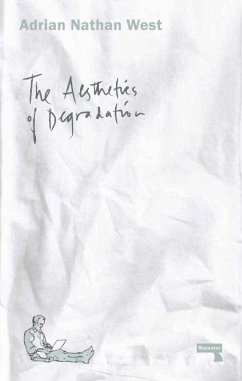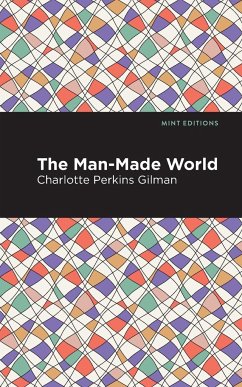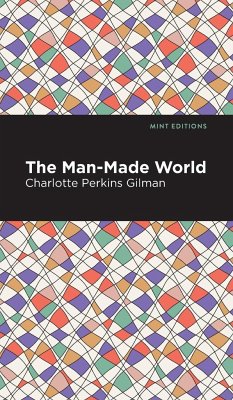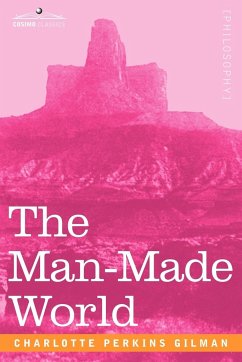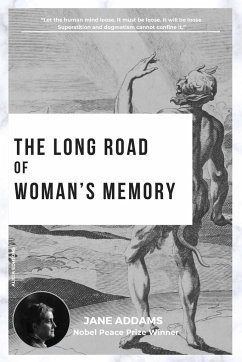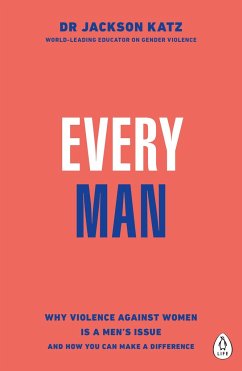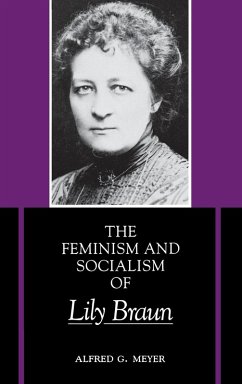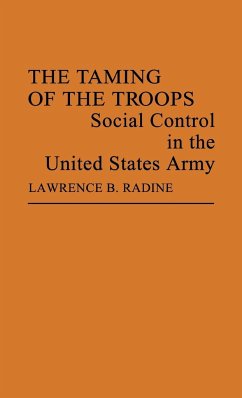
The Taming of Nan
Versandkostenfrei!
Versandfertig in 1-2 Wochen
19,99 €
inkl. MwSt.
Weitere Ausgaben:

PAYBACK Punkte
10 °P sammeln!
In 1919 Ethel Carnie Holdsworth published her third novel, The Taming of Nan. At this point in her career, Carnie Holdsworth was an established author with one notable success, Helen of Four Gates (1917), to her credit. As was typical of her, she did not try to replicate her recent success; instead, The Taming of Nan explored new territory, addressing the issues of fair compensation for a workplace injury and working-class domestic violence. In addition to addressing these societal problems, The Taming of Nan's central family grouping consists of three original characters that reinterpret acce...
In 1919 Ethel Carnie Holdsworth published her third novel, The Taming of Nan. At this point in her career, Carnie Holdsworth was an established author with one notable success, Helen of Four Gates (1917), to her credit. As was typical of her, she did not try to replicate her recent success; instead, The Taming of Nan explored new territory, addressing the issues of fair compensation for a workplace injury and working-class domestic violence. In addition to addressing these societal problems, The Taming of Nan's central family grouping consists of three original characters that reinterpret accepted working-class tropes: Nan Cherry, a working-class virago; her husband Bill, a stolid family man; and their daughter, Polly, a teenaged mill girl who wants nothing more than to have a good time. These characters develop in a context of intergenerational family ties as well as a widespread community whose advice and traditions provide a fertile context for their family drama.




